Welcome to Atacama Desert in Chile that is dry and features red earth, resembling Martian landscape. It is known as the driest places on Earth and has an average rainfall of less than 0.1mm per year and there are a number of regions which don’t see any precipitation for decades.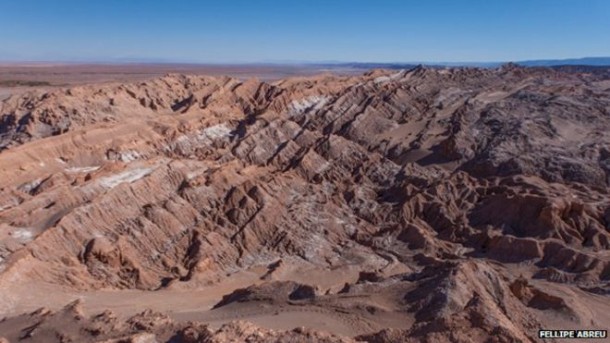
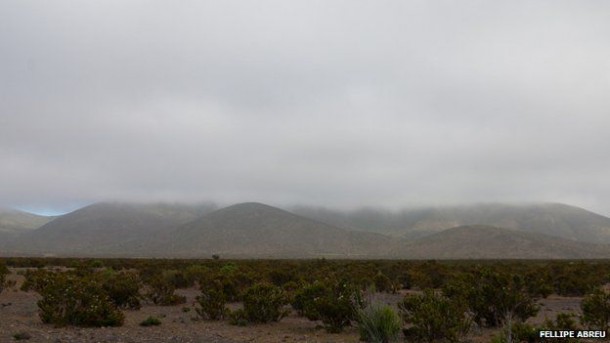
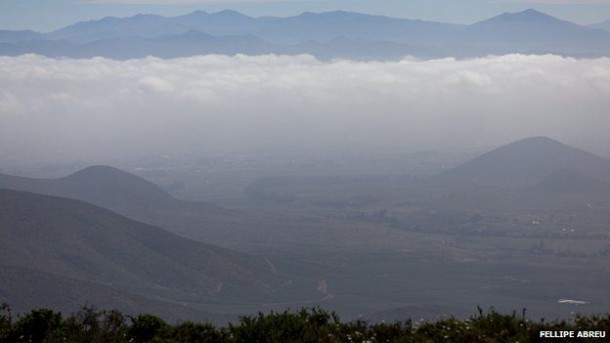
Despite the little rain that falls, the clouds of Chile do possess humidity. Coastal fog forms on Chile’s shore and then moves inland in the form of cloudbanks. They are locally known as ‘camanchaca’. The fog is created from minuscule drops of water which are so light that they do not fall as rain. Back in 1956 during a particular drought, scientist Carlos Espinosa Arancibia came up with an idea. The retired Mathematics and Physics professor from the University of Chile had a series of experiments carried out near the city of Antofagasta on highest hills. It was there that he came up with the idea of the fog catcher. It is the name given to netting that contains openings of about 1mm across to capture the small water droplets found in fog.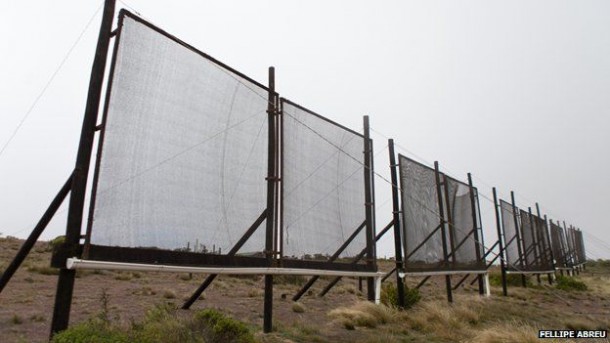
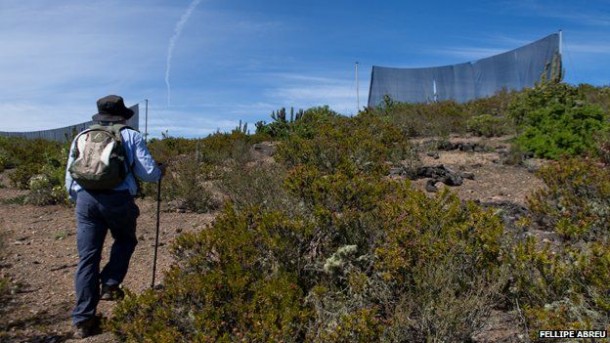
These droplets gather together in the netting and then form bigger drops that are capable of eventually running off the netting into a canal underneath. Once there, it gets channeled through a pipe up to containers located at the base of hills, ready to use. The research is being continued even today. The town of Pena Blanca houses one of the largest study centers for the fog catchers. There are a total of 6 big nets located in the hills overlooking the town. Nicholas Schneider, technical adviser, said that thanks to the fog catcher they have managed to tackle the desertification of the region. He further added that 100 hectares have been covered once again in the flora that was once typical for this particular region. He said, “We’re planning to provide local families with water from the fog catcher in the near future.”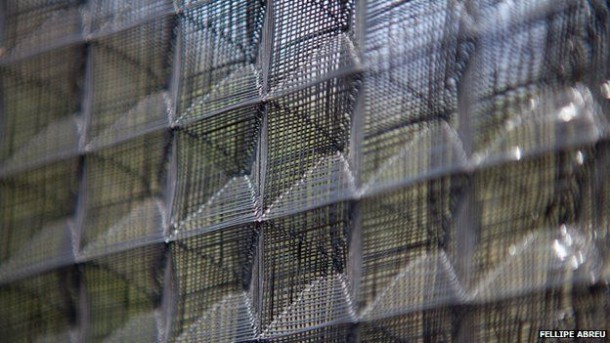
Those who are backing the project claim that the fog catchers are sustainable and cheap. An average sized fog catcher measuring 40 sq. meters costs somewhere between $1,000 and $1,500 depending upon the material that was used. They further claimed that the environmental impact of it is quite minimal since the metal posts can quite easily be hidden among the vegetation.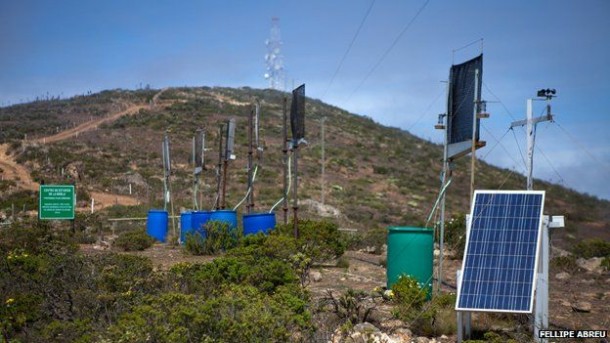
The water is transported down the hill by gravity thus no extra cost for transportation is added to the mix. The largest installation of fog catchers exists in Tojquia in Guatemala where 60 fog catchers are able to trap 4,000 liters of water per day. Professor Pilar Cereceda of the University of Chile said, “I dream of the day in which the fog catchers can compete with desalination plants, which is not environmentally friendly.”


